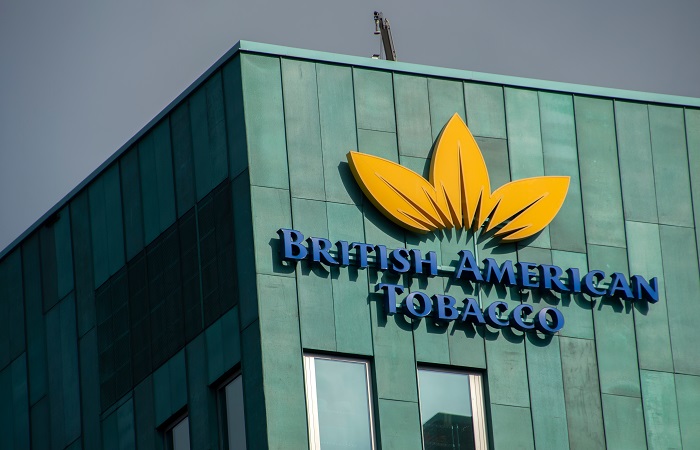
Cigarette and tobacco manufacturing organisation British American Tobacco has completed a pension buy-in transaction for its defined benefit (DB) scheme, totaling £3.4 billion.
The transaction, completed with the Pension Insurance Corporation (PIC), insures the pension benefits of 10,600 members of the British American Tobacco UK Pension Fund; this includes 8,300 pensioners and 2,300 deferred members. This is the largest buy-in transaction of this ilk and the third largest buy-in process in the UK.
The buy-in agreement aims to provide long-term security and certainty to the pension scheme’s members.
The fund has liabilities totaling £4 billion, including a residual section open to ongoing accrual.
The trustee of the pension scheme was advised by Lane Clark and Peacock (LCP), while receiving legal advice from Linklaters. Mercer provided the organisation with wider guidance. PIC was advised by law firm Herbert Smith Freehills.
Brian Barrow, chairman at the British American Tobacco UK Pension Fund, said: “This transaction is very good news for our members, insuring the vast majority of benefits within the fund. It achieves a significant step towards the trustee’s objective of reducing risk and increasing the security of members’ benefits.
“We are delighted that we have been able to complete a transaction of this scale successfully, despite the recent market volatility. PIC has been flexible and innovative throughout and I want to thank them and our advisers for helping us achieve our de-risking goals.”
Michelle Wright, head of trustee consulting at LCP, added: “This landmark transaction is an important milestone for the market. The fund exemplifies the growing trend of large schemes accelerating their de-risking plans due to attractive pricing and improved affordability.
“The fund is the fifth scheme with a FTSE 100 sponsor to complete a transaction this year. The competitive pricing negotiated with PIC allowed the fund to maximise the amount insured. Having now insured three-quarters of its liabilities, the fund has successfully achieved another important step in reducing risk and increasing the security of members’ benefits.”